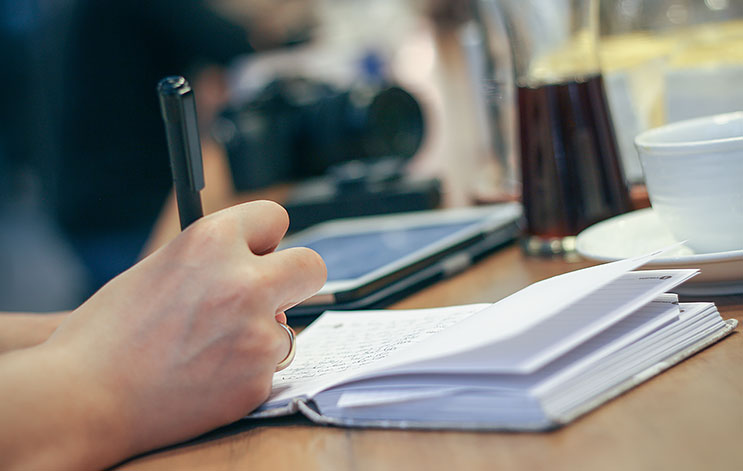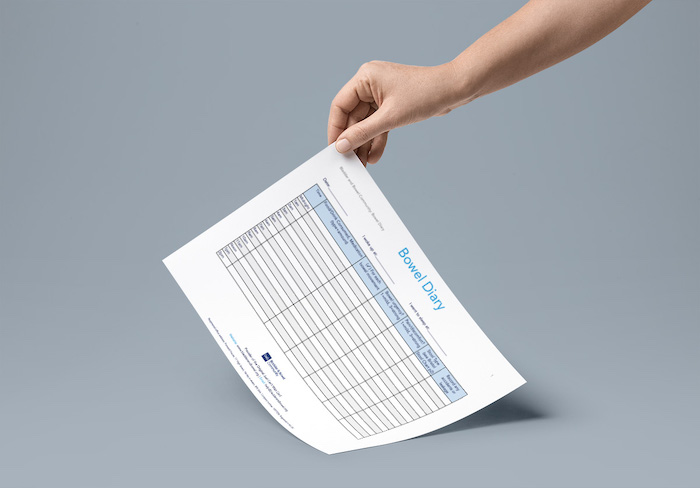Bowel Retraining
Originally published on: April 6th, 2017. Last modified on January 30th, 2022
What is Bowel Retraining?
Bowel Retraining is a conservative treatment that is generally aimed at people who have recurring constipation or diarrhoea, or limited or reduced sensation in their rectum due to nerve damage.
The aim is to improve the consistency of your stools, to establish a regular time for you to empty your bowels, and to find ways of stimulating your bowels to empty.
Worrying about getting to the toilet in time can make the situation worse. This is certainly the case for people with more frequent and liquid bowel movements. Anxiety also increases the number of times the bowels move, making it more likely that you will have an accident. Bowel retraining can help.
Retraining your Bowel
Start by getting to a toilet when you feel the urge then wait for a minute or so before actually sitting on the toilet to open your bowels.
Gradually increase the amount of time you wait before having a bowel movement. You should soon find it easier to hold on, even when you are not sitting on the toilet.
It may also help to plan to empty your bowel as completely as possible at a time that suits you. This may help avoid any accidents. For some people this may be first thing in the morning, while for others it may be after their evening meal.
It may also be helpful to try and stimulate your bowel movements yourself either through abdominal massage or digital rectal stimulation.
Digital Rectal Stimulation
Digital rectal stimulation involves using a gloved lubricated finger to prompt the bowel to contract and push stool out of the rectum. It takes around 30 seconds and then you wait a few minutes while the bowel’s reflex activity pushes out the stool. This stimulation can be repeated a number of times.
This technique works best if your stool is soft but formed, not constipated or too loose. While this is not generally a common procedure, it is often used by individuals with neurogenic bowel problems.
It can be used by the individual themselves or by nurses or other healthcare professionals or by a carer. An appropriate healthcare professional can teach you how to use this technique safely and effectively.
Self-abdominal Massage
Rubbing your tummy before you try to open your bowels, or while you are opening your bowels can help stool to move through your gut ready to be pushed out so that you empty your bowel more completely.
You can use the heel of your hand, a fist or even a tennis ball to massage gently but firmly up the right side of your tummy, across your tummy at the level of your belly button and down the left hand side of your tummy. It is a good idea to empty your bladder before you do this.
An appropriate healthcare professional can show you how to do it. Massage can be done for you by nurses or other healthcare professionals or by a carer.
Bowel Diary
It may also be helpful to keep a diary of your bowel movements and the food and drink you consume, as it may highlight certain factors that are causing your bowel problems.
Bowel Diary
[BBC:006] Bowel Diary
This bowel diary is a useful tool and may help your GP or continence advisor understand your symptoms or condition.


